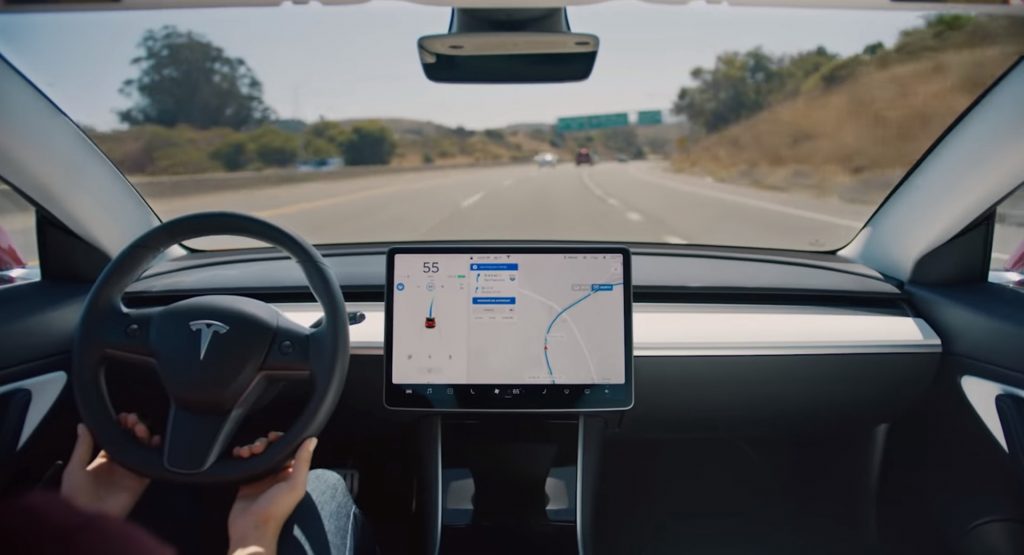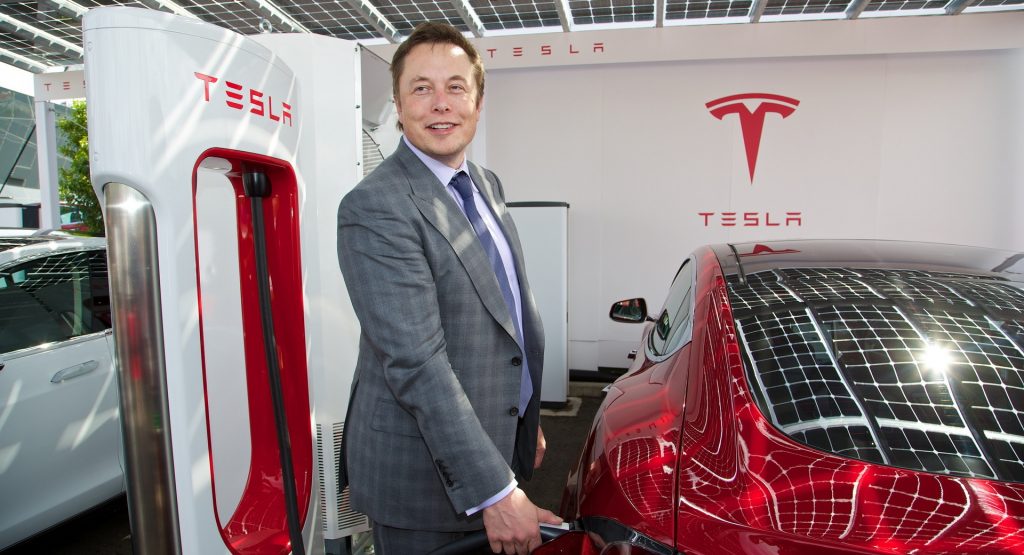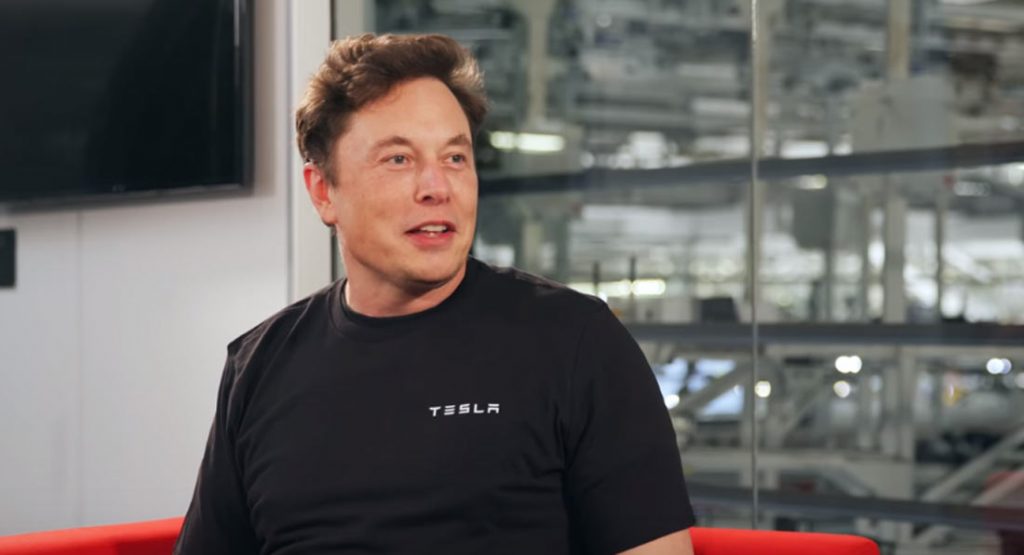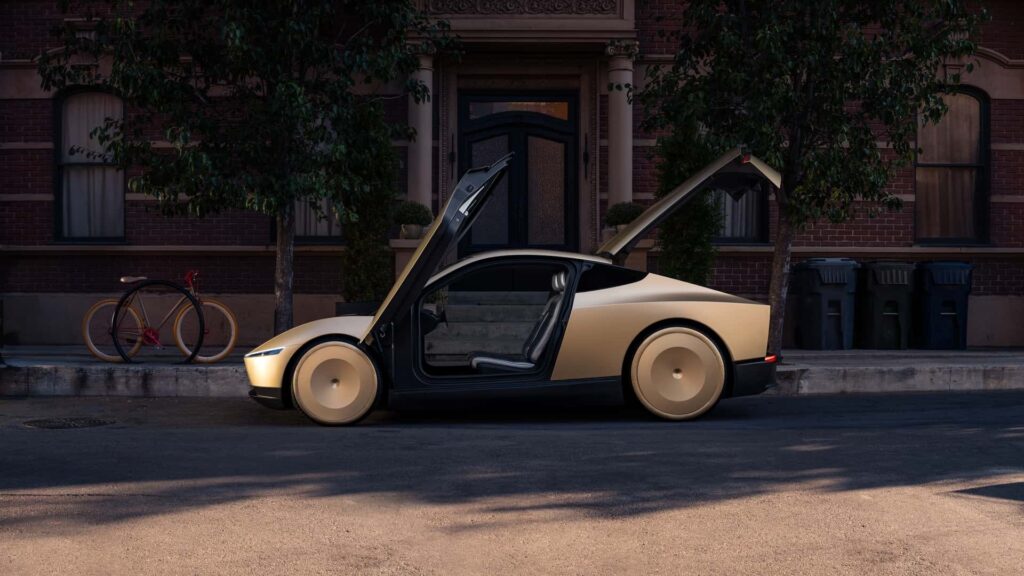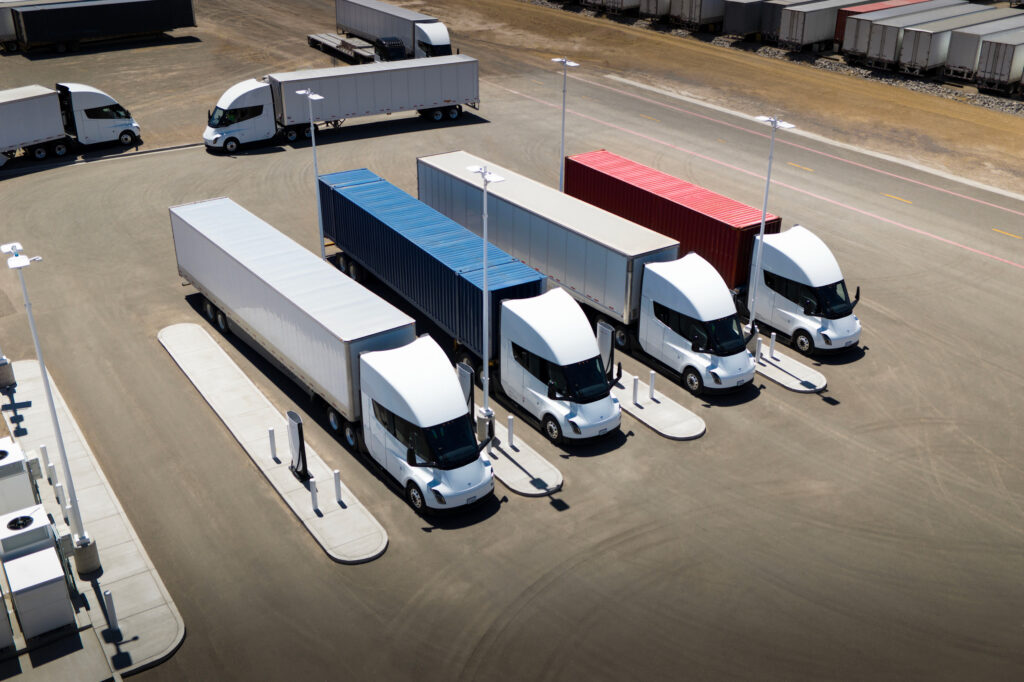Supreme Court opens door to large-scale federal layoffs
People gather for a "Save the Civil Service" rally hosted by the American Federation of Government Employees (AFGE) on Feb. 11, the day President Donald Trump signed an executive order calling on DOGE to cut federal jobs. The Supreme Court said Tuesday those cuts could proceed, for now. (Photo by Kent Nishimura/Getty Images)
The U.S. Supreme Court late Tuesday lifted lower court injunctions that had blocked attempts by President Donald Trump and his DOGE Service to restructure the federal government.
Labor unions, advocates and local governments that sued to block the cuts said the president exceeded his authority with the executive order by moving to dismantle the federal government without congressional approval.
A U.S. District Court judge in Northern California agreed and issued preliminary injunction to stall the executive order while the case was heard. A divided 9th U.S. Circuit Court of Appeals upheld that decision.
But the White House pressed an emergency appeal to the Supreme Court, arguing that Trump’s executive order did not restructure the government but merely called for reductions in force, which it said is within the president’s power.
The Supreme Court agreed in a one-page order Tuesday, saying the government was likely to prevail on its claim and the injunction should be stayed while the case proceeded.
In a sharp, 15-page dissent, Justice Ketanji Brown Jackson said the district court judge had determined that the administration plan would not just cut jobs but would “fundamentally restructure” the federal government. He made a “reasoned determination” that the order should be stayed while the case was heard, she wrote.
“But that temporary, practical, harm-reducing preservation of the status quo was no match for this Court’s demonstrated enthusiasm for greenlighting this President’s legally dubious actions in an emergency posture,” she wrote.
“At bottom, this case is about whether that action amounts to a structural overhaul that usurps Congress’s policymaking prerogatives — and it is hard to imagine deciding that question in any meaningful way after those changes have happened,” she wrote. “Yet, for some reason, this Court sees fit to step in now and release the President’s wrecking ball at the outset of this litigation.”
Justice Sonia Sotomayor, in a brief concurrence, said she agreed with Jackson that the president does not have the authority to remake government without congressional approval. But she said the executive order and an implementing memo from the Office of Management and the Office of Personnel Management call for the changes to be “consistent with applicable law,” and it’s for lower courts to determine if they are.
A White House spokesperson called the decision a “another definitive victory” for the Trump administration.
“It clearly rebukes the continued assaults on the President’s constitutionally authorized executive powers by leftist judges who are trying to prevent the President from achieving government efficiency across the federal government,” the spokesperson, Harrison Fields, said in a written statement.
But labor unions, advocates and political leaders say that the decision undermines the value of federal employees, threatens the operation of federal services, and could even endanger American citizens.
In a statement Tuesday evening, the American Federation of Government Employees, along with the rest of the coalition of unions, nonprofits and municipalities bringing the suit against the administration, decried the Supreme Court’s decision as a “serious blow to our democracy.”
The coalition said the decision put “services that the American people rely on in grave jeopardy.”
For some reason, this Court sees fit to step in now and release the President’s wrecking ball at the outset of this litigation.
– Justice Ketanji Brown Jackson
“This decision does not change the simple and clear fact that reorganizing government functions and laying off federal workers en masse haphazardly without any congressional approval is not allowed by our Constitution,” the statement read. “While we are disappointed in this decision, we will continue to fight on behalf of the communities we represent and argue this case to protect critical public services that we rely on to stay safe and healthy.”
Maryland Gov. Wes Moore (D) said that as a state with a high concentration of federal workers, “any action against our federal employees is a direct strike against Maryland’s people and economy.”
“Today’s Supreme Court ruling on AFGE v. Trump will embolden President Trump in his mission to dismantle the federal government and threatens to upend the lives of countless public servants who wake up every day to deliver essential services and benefits that people rely on,” Moore said in a written statement. He noted that thousands of Maryland residents have already been laid off from federal agencies under the Trump administration.
In a post to X on Tuesday evening, U.S. Rep. Steny Hoyer (D-5th) wrote that Trump and OMB Director Russell Vought are continuing to “vilify and traumatize the patriots serving our nation, unconstitutionally reorganizing the federal government.”
“The Supreme Court’s decision today demonstrates that federal employees, their families and livelihoods, and the vital services they provide to the American people are of no concern to the Trump Administration,” Hoyer wrote. “I stand with our federal employees against these attacks.”
U.S. Rep. Jamie Raskin (D-8th) said in an X post that the ruling “will give Trump’s wrecking crew more awful ideas about sacking critical federal workers,” referencing layoffs at the National Weather Service and the National Oceanic and Atmospheric Administration who help notify state and local agencies about impending dangerous weather.
U.S. Sen. Chris Van Hollen (D-Md.) added that layoffs could also put Americans at risk by “decimating essential public services” like food inspections and Social Security.
“As Justice Jackson put it in her dissent, ‘this was the wrong decision at the wrong moment, given what little this Court knows about what is actually happening on the ground,’” Van Hollen said in a statment. “She is right. The Court’s decision to allow this damage to be done before ruling on the merits shows how detached they are from the reality of the moment.”
Van Hollen said the administration’s plan “isn’t about efficiency, it’s about rigging the government to only benefit the wealthy and powerful special interests.”
“We are not done fighting in Congress, in the courts, and in our communities to defend the dedicated public servants who go to work on behalf of the American people day in and day out,” he said.
The Feb. 11 executive order directed federal agencies to prepeare for “large-scale reductions in force” and to work with members of the Department of Government Efficiency — the DOGE Service that was run at the time by billionaire Elon Musk — to develop a plan to reduce the size of the workforce. Military personnel were exempted, but virtually every other federal agency was affected.
The order was quickly challenged in court by labor unions, taxpayer and good government groups and by a hafl-dozen local governments: Harris County, Texas, Martin Luther King Jr. County, Washington, and San Francisco City and County, California; and the cities of Chicago, Baltimore, and Santa Rosa, California.
They argued that the goals of the executive order far exceeded the president’s authority to reduce the size of agencies. Under the DOGE plan, they argued to the Supreme Court, “functions across the federal government will be abolished, agencies will be radically downsized from what Congress authorized, critical government services will be lost, and hundreds of thousands of federal employees will lose their jobs.”
“There will be no way to unscramble that egg: If the courts ultimately deem the President to have overstepped his authority and intruded upon that of Congress, as a practical matter there will be no way to go back in time to restore those agencies, functions, and services,” their court filing said.
That was echoed by Jackson, who said the district court judge was in the best position to determine if the president’s order consisted of “minor workforce reductions” or whether it was a massive reorganization that overstepped executive authority.
“With scant justification, the majority permits the immediate and potentially devastating aggrandizement of one branch (the Executive) at the expense of another (Congress), and once again leaves the People paying the price for its reckless emergency-docket determinations,” she wrote.
Maryland Matters is part of States Newsroom, a nonprofit news network supported by grants and a coalition of donors as a 501c(3) public charity. Maryland Matters maintains editorial independence. Contact Editor Steve Crane for questions: editor@marylandmatters.org.





